Plane
The McDonnell Douglas F-15 STOL/MTD (Short Takeoff and Landing/Maneuver Technology Demonstrator) is a modified F-15 Eagle. Developed as a technology demonstrator, the F-15 STOL/MTD carried out research for studying the effects of thrust vectoring and enhanced maneuverability. The aircraft used for the project was pre-production TF-15A (F-15B) No. 1 (USAF S/N 71-0290), the first two-seat F-15 Eagle built by McDonnell Douglas (out of 2 prototypes[2]), the sixth F-15 off the assembly line, and was the oldest F-15 flying up to its retirement. It was also used as the avionics testbed for the F-15E Strike Eagle program.[3] The plane was on loan to NASA from the United States Air Force.
This same aircraft would later be used in the F-15 ACTIVE ("Advanced Control Technology for Integrated Vehicles") from 1993 to 1999, and later in the Intelligent Flight Control System programs from 1999 to 2008.
While with NASA, the aircraft's tail number was 837.[4] The aircraft is now on display at Edwards AFB.[5]
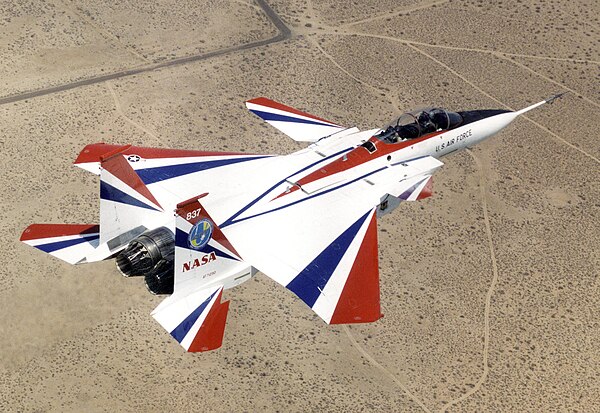
Development:
In 1975, Langley Research Center began to conduct sponsored programs studying two-dimensional thrust vectoring nozzles;[6]:?44? government and industry studies of non-axisymmetric two-dimensional (2-D) nozzles in the early 1970s had identified significant payoffs for thrust-vectoring 2-D nozzle concepts.[6]:?192?
In 1977, Langley started a system integration study of thrust-vectoring, thrust-reversing, and 2-D nozzles on the F-15 with McDonnell Douglas. In 1984, the Flight Dynamics Laboratory, the Air Force Aeronautical Systems Division awarded a contract to McDonnell Douglas for an advanced development STOL/MTD experimental aircraft.[6]:?192?
The aircraft used in the STOL/MTD program[7] has flown several times since the successful STOL/MTD program completion in 1991 that used thrust vectoring and canard foreplanes to improve low-speed performance. This aircraft tested high-tech methods for operating from a short runway. This F-15 was part of an effort to improve ABO (Air Base Operability), the survival of warplanes and fighting capability at airfields under attack.
The F-15 STOL/MTD tested ways to land and take off from wet, bomb-damaged runways. The aircraft used a combination of reversible engine thrust, jet nozzles that could be deflected by 20 degrees, and canard foreplanes. Pitch vectoring/reversing nozzles and canard foreplanes were fitted to the F-15 in 1988. The canard foreplanes were derived from the F/A-18's stabilators.[8][9]
Prior to 15 August 1991,[6]:?194? when McDonnell Douglas ended its program after accomplishing their flight objectives, the F-15 STOL/MTD plane achieved some impressive performance results:
Demonstrated vectored takeoffs with rotation at speeds as low as 42 mph (68 km/h)[6]:?194?
A 25-percent reduction in takeoff roll[6]:?193?
Landing on just 1,650 ft (500 m) of runway compared to 7,500 ft (2,300 m) for the standard F-15[6]:?193?
Thrust reversal in flight to produce rapid deceleration[6]:?194?
The results of the STOL/MTD would help inform requirements for the Advanced Tactical Fighter program, which resulted in the F-22.[9]
Specifications
General Characteristics
- Created On Android
- Wingspan 42.4ft (12.9m)
- Length 64.7ft (19.7m)
- Height 18.5ft (5.6m)
- Empty Weight 22,517lbs (10,213kg)
- Loaded Weight 33,702lbs (15,287kg)
Performance
- Power/Weight Ratio 0.666
- Wing Loading 31.4lbs/ft2 (153.1kg/m2)
- Wing Area 1,074.7ft2 (99.8m2)
- Drag Points 5574
Parts
- Number of Parts 94
- Control Surfaces 6
- Performance Cost 439

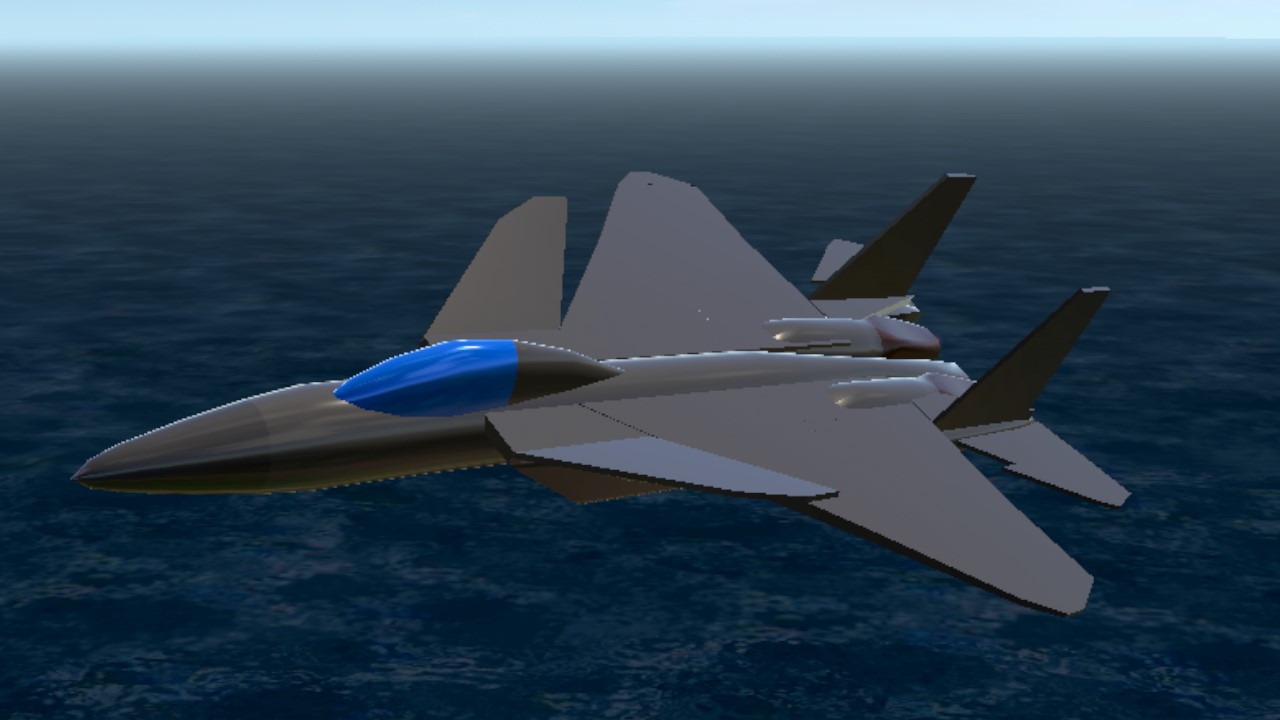
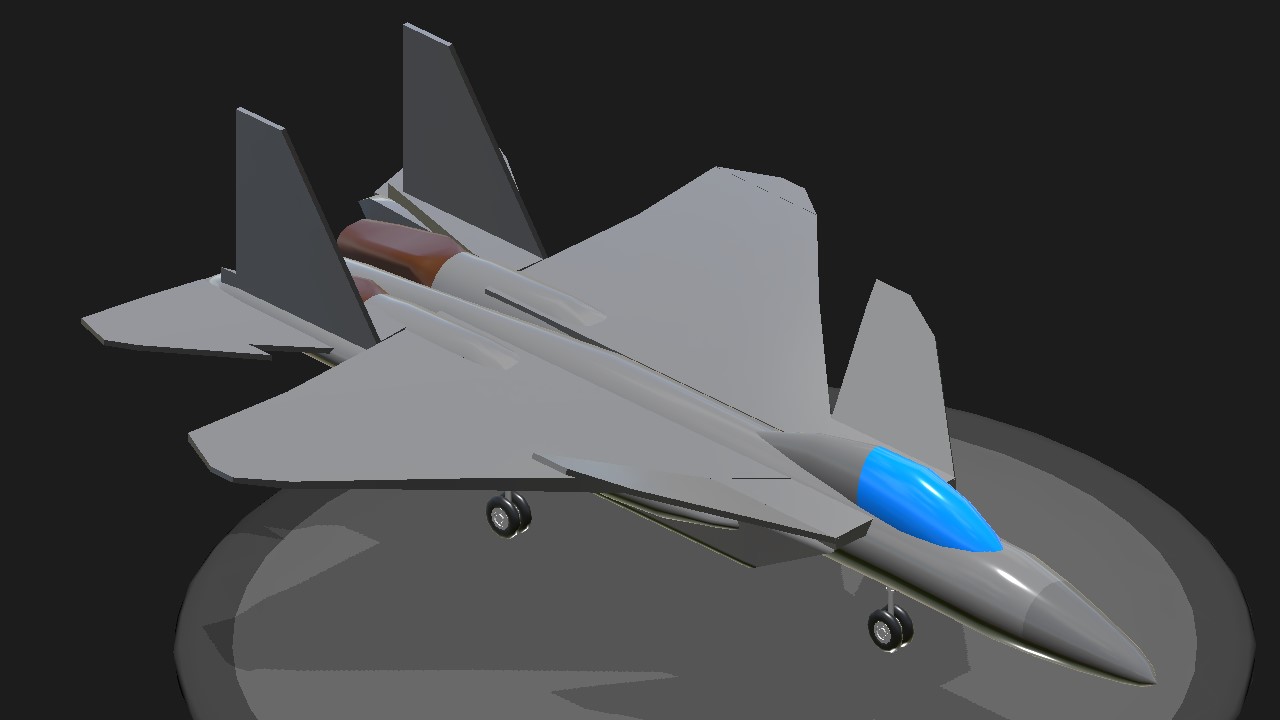
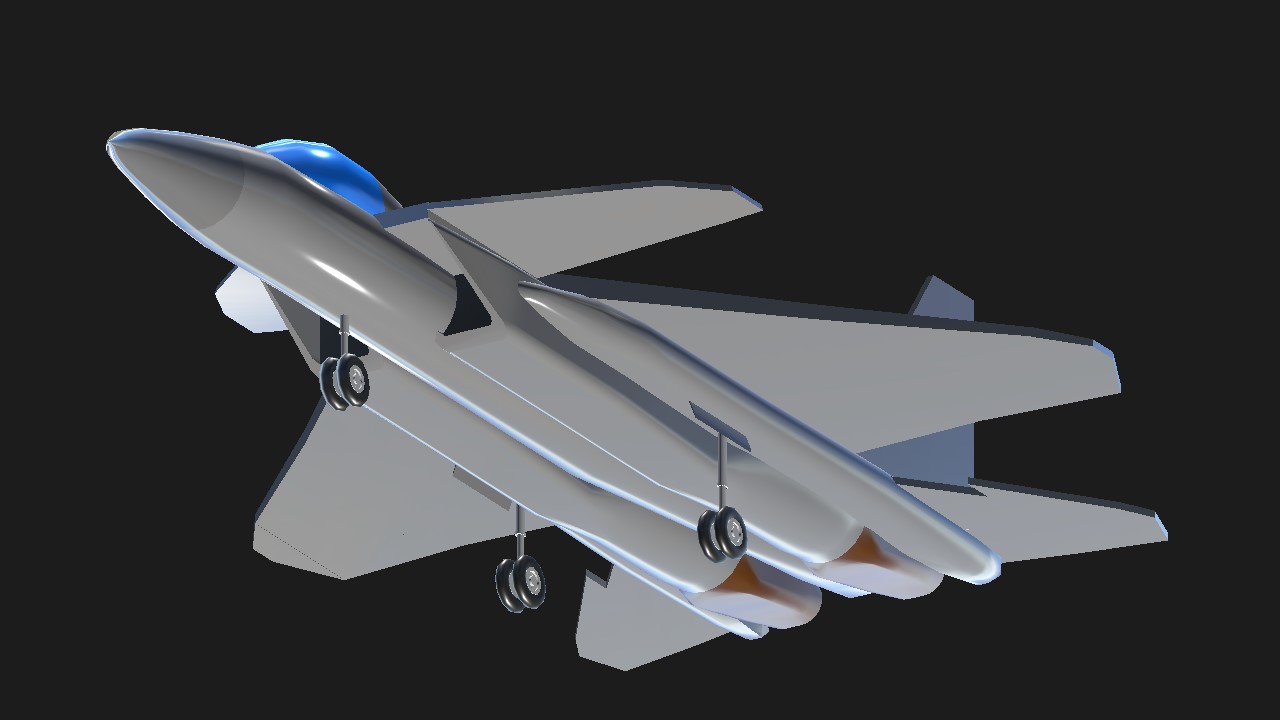
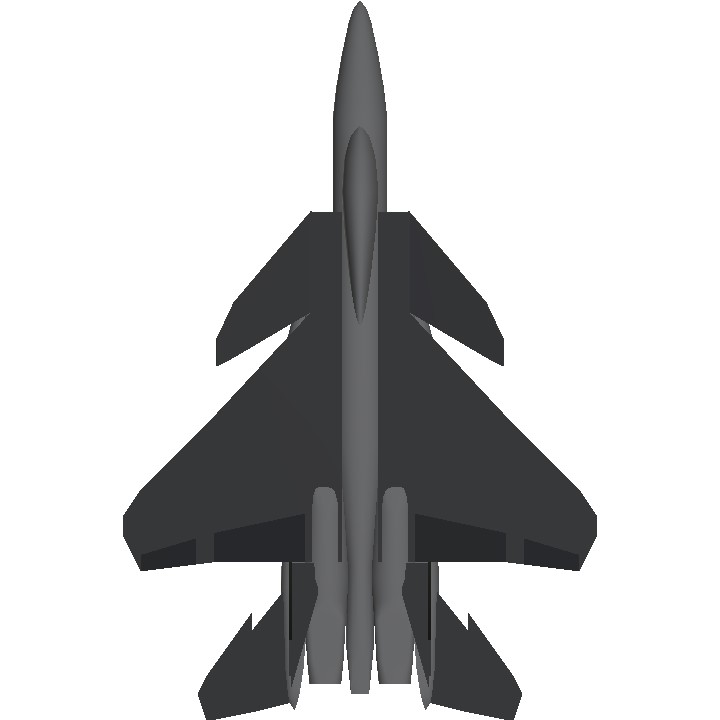
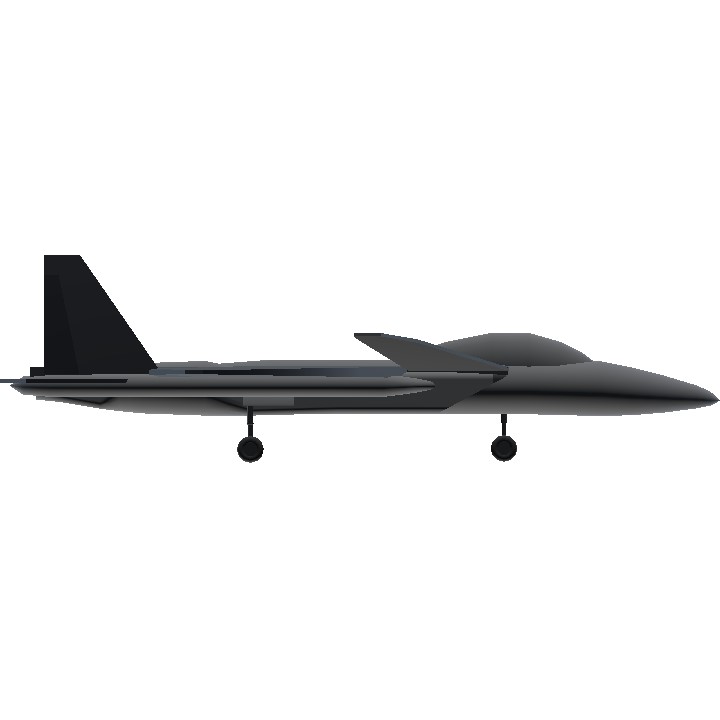
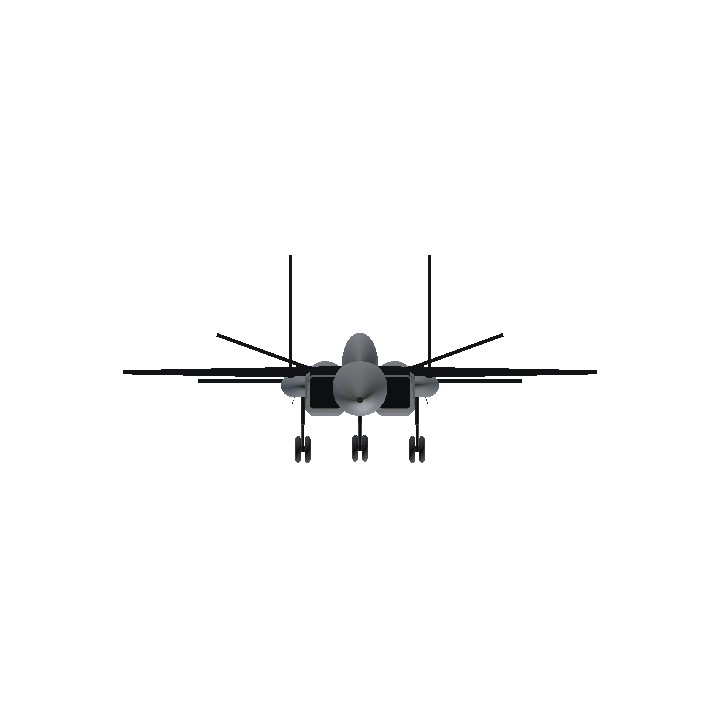
@Mitterbin yeah it's inspired in the F-15/Active
ace combat ? cool f-15